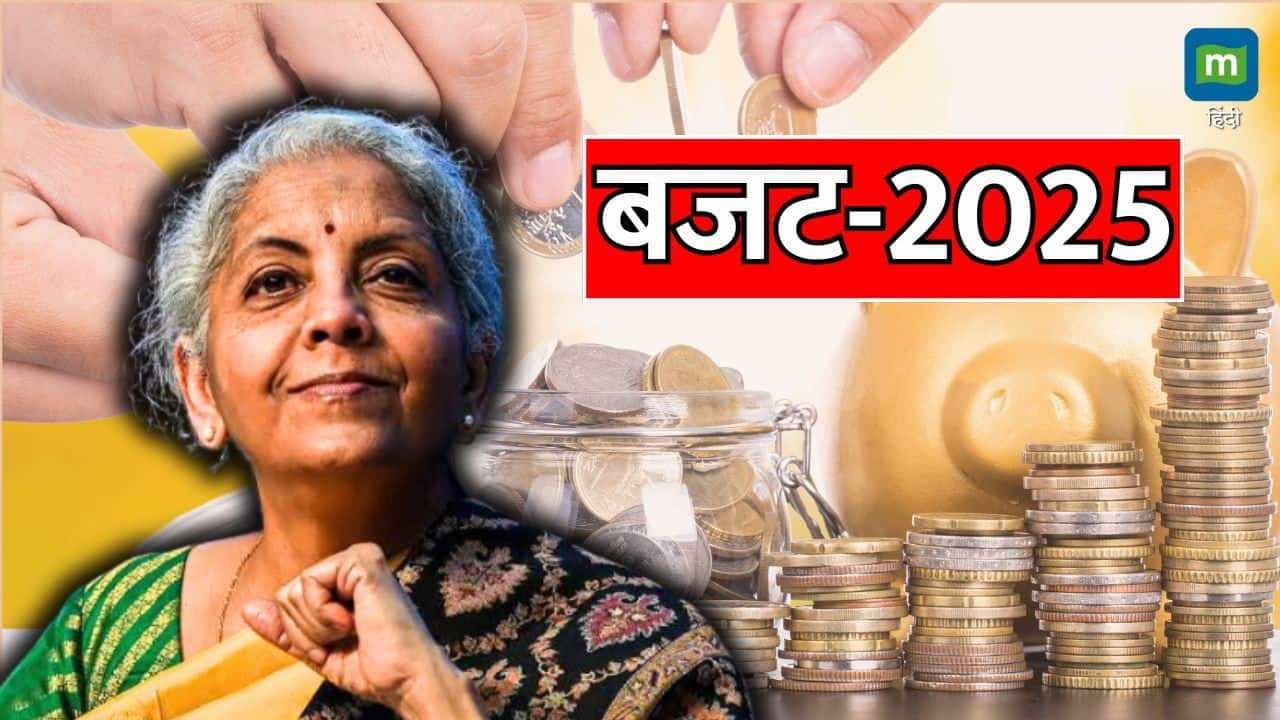
Union Budget 2025 Coming within a month. In this budget also, the government can offer incentives to taxpayers to promote the new tax regime. Following the policy announced in the July budget, the NDA 3.0 government is likely to take further steps to promote the new tax framework in the upcoming full budget. The discussions between the Prime Minister’s Office and leading economists have emphasized the need to promote fiscal measures to boost spending. In these discussions, many steps have been considered, from reducing income tax liability to increasing financial assistance for daily expenditure.
72% taxpayers adopted new tax regime in AY 2024-25
Expectations of improvements in the new tax regime have increased, especially considering that the government is trying to make it more taxpayer-friendly. According to Finance Ministry data, about 72 percent of the 7.28 crore taxpayers adopted the new tax regime while filing ITR in assessment year 2024-25. These figures are before the deadline of July 31, 2024. In contrast, only 28 per cent of taxpayers chose the old tax regime.
It is anticipated that the proportion of ITRs filed under the old tax regime will further reduce as the government is increasing the benefits of the new tax regime in every budget update. Here we have explained about the changes made in the new tax regime since its inception.
The new tax regime was introduced in 2020
Finance Minister Sitharaman first introduced the new tax regime in her budget speech on 1 February 2020. This alternative option for personal income tax was designed to be “simplified” with lower tax rates. However, opting for this new regime means taxpayers will have to give up certain deductions and exemptions available under the previous tax system.
In her announcement, Finance Minister Sitharaman emphasized that the Income Tax Act is too complex, with numerous exemptions and deductions, which has become burdensome for taxpayers. He said that it is often necessary to seek professional help to understand the current income tax laws.
The Finance Minister said that with the implementation of the new tax system, taxpayers will save a lot. For example, a person with an annual income of Rs 15 lakh, who does not avail any deductions, will now have to pay only Rs 1,95,000, whereas under the previous system he had to pay Rs 2,73,000. .
He also said that it is not mandatory to adopt the new tax structure. He said, “Taxpayers have the option to choose whether they want to adopt the new tax system or not. Those who are currently enjoying the benefits of higher deductions and exemptions under the Income Tax Act can continue to use them and opt for the old tax regime.” “Can choose to remain under the regime.” The new tax system introduced in Budget 2020 consists of six taxable slabs, with no deductions or exemptions.
New tax regime slabs in Budget 2020
| Taxable Income Slab (Rs) | tax rates |
| 0-2.5 lakh | 0 |
| 2.5-5 lakh | 5% |
| 5-7.5 lakh | 10% |
| 7.5-10 lakh | 15% |
| 10-12.5 lakh | 20% |
| 12.5-15 lakhs | 25% |
| above 15 lakhs | 30% |
There was no change in income tax rates for individuals and corporations. Tax exemption on interest income on employees’ contributions to provident funds was limited to Rs 2.5 lakh.
The new tax regime in the Union Budget 2022 introduced lower income tax slab rates and an increase in the number of income tax slabs compared to the old regime. However, the new regime provided limited exemptions and deductions.
No changes were made to the tax regime in the budget speeches for 2021 and 2022. However, during the 2023 Budget speech the Finance Minister outlined a clear direction for the future of the new tax regime, stating that it will be the default option going forward.
The new tax regime became the default option on the ITR e-filing portal from assessment year 2024-25. Taxpayers still have the option to opt for the old regime, but they will have to make their choice before filing their return. To attract more taxpayers, the Finance Minister made the new tax regime more attractive with the below mentioned initiatives-
New tax regime slab and rates in Budget 2023
| Taxable Income Slab (Rs) | tax rate |
| 0-3 lakh | Zero |
| 3-6 lakhs | 5% |
| 6-9 lakhs | 10% |
| 9-12 lakhs | 15% |
| 12-15 lakhs | 20% |
| above 15 lakhs | 30% |
Finance Minister Sitharaman in her budget speech in 2024 announced the new tax regime to be more attractive for salaried employees and pensioners. He made changes in tax slabs and rates, and also increased the standard deduction limit for this group from Rs 50,000 to Rs 75,000.
Additionally, under the new tax regime, private sector employees are now eligible to claim a deduction of up to 14% of their basic salary for investments made in the National Pension System (NPS). In the budget, the standard deduction limit for family pension has been increased from Rs 15,000 to Rs 25,000.
New tax regime slabs in Budget 2024
| Taxable Income Slab (Rs) | tax rate |
| 0-3 lakh | Zero |
| 3-7 lakhs | 5% |
| 7- 10 lakhs | 10% |
| 10-12 lakhs | 15% |
| 12-15 lakhs | 20% |
| above 15 lakhs | 30% |